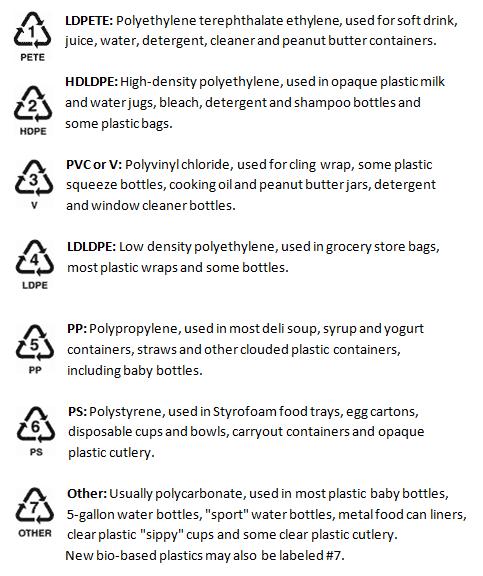
Buy Tupperware products and get huge discount or a free gift. Become a hostess for Tupperware party and get a free Tupperware gift. Contact at 9620885590 or mail me at dhingrashruti01@gmail.com. Place a bulk or corporate order and avail extra discount. So What are you waiting for ?? Pick your phone and get TUPPERWARE amazing products at your doorstep.
Saturday, August 31, 2013
Tuesday, August 27, 2013
Friday, August 23, 2013
Tuesday, August 20, 2013
Twinkle Training Cup & Twinkle Feeding Bowl
Hello Friends,
Tupperware has launched new range for your adorable Tiny tots and toddlers :)
Best idea for gifting too :)
Introducing the new Twinkle Feeding Bowls from Tupperware. These bowls are virtually airtight so no more spills when you are on the go. The smooth curves of the Twinkle Feeding Bowl maximises scooping. The Twinkle FeedingBowl is ideal for 18-36 month old.
Tupperware has launched new range for your adorable Tiny tots and toddlers :)
Best idea for gifting too :)
Introducing the new Twinkle Feeding Bowls from Tupperware. These bowls are virtually airtight so no more spills when you are on the go. The smooth curves of the Twinkle Feeding Bowl maximises scooping. The Twinkle FeedingBowl is ideal for 18-36 month old.
Saturday, August 17, 2013
Wednesday, August 14, 2013
Identify Your Plastic
Hi All,
Do you really know about the quality of the plastic you use in your kitchen ???

According to The Green Guide, a website and magazine focusing on promoting greener living and owned by the National Geographic Society, the safest plastics for repeated use in storing food are from categories 2, 4 and 5.

Do you really know about the quality of the plastic you use in your kitchen ???
Identify Your Plastic
There are different sorts of plastic, used for different purposes. They are categorized in accordance with what raw material was used to produce the product. Here are the different categories:

According to The Green Guide, a website and magazine focusing on promoting greener living and owned by the National Geographic Society, the safest plastics for repeated use in storing food are from categories 2, 4 and 5.
Tupperware: Most Tupperware containers are made from #4 or #5 plastics,the glass like products (prism bowls, elegenzia , clear bowls etc ) from tupperware are made out of polycarbonate i.e #7
- #1 PET bottles. Most of us use these bottles more than once. People do buy a nice/cool looking water bottle, with the purpose of reusing it several times before throwing it out. Bottles made from this plastic are proven to leak carcinogenic, hormone-disrupting phthalates when used over and over again.
- #3 PVC plastics. PVC can leak cancer-causing dioxins, which is one of the most toxic environmental pollutant there is. PVC is found in a wide range of consumer products, such as packaging, credit cards, bottles and imitation leather, as well as in construction material, such as window frames, cables, pipes, window blinds, wallpaper and flooring. In addition to that it is used in car interiors and in hospitals, as medical disposables. However, PVC does not only leak harmful additives during use (recent testing has showed that children can ingest hazardous chemicals from PVC toys etc) – already the production of PVC creates and releases dioxin and PVC products continue to leak harmful additives during disposal, when they’re burned or buried. Burning creates and releases more dioxins and compounds containing chlorine, which further contaminates the environment. Furthermore, phthalates are present in this category as well. They are added to PVC to make it soft and flexible. PVC is difficult to recycle, resulting in much of it ending up in landfills – which we all know is the least favorable outcome from an environmental point of view. Danish and Swedish governments are restricting PVC use, hundreds of communities worldwide are eliminating PVC in buildings and many companies such as Nike, IKEA and The Body Shop have committed to eliminating PVC from their products. Many deli items are packed in PVC plastic containers, so swapping foods out of such wraps one the groceries are home is advisable.
- #6 plastics (polystyrene, also known as styrofoam). Containers made of polystyrene can also be dangerous, as its base component, styrene, has been associated with skin, eye and respiratory irritation, depression, fatigue, compromised kidney function, and central nervous system damage. Take-out restaurant orders often come in polystyrene containers, which also should be emptied into safer containers once you get them home.
Identify your plastic! Check these codes at the bottom of your plastic-ware.
These codes are known as resin identification code.

Friday, August 9, 2013
Monday, August 5, 2013
Thursday, August 1, 2013
Subscribe to:
Posts (Atom)

















.jpg)























